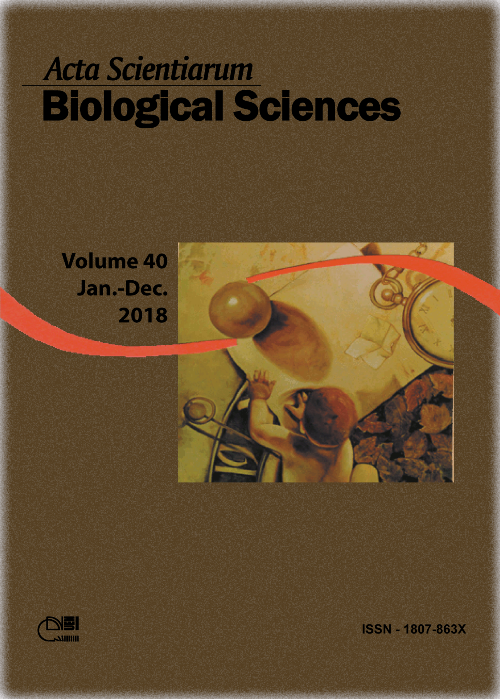<b>Does riparian vegetation affect fish assemblage? A longitudinal gradient analysis in three Amazonian streams
Abstract
The degradation of riparian vegetation in low-order streams can cause irreversible environmental damage, biodiversity loss and alter the structure of communities. In this context, the present study evaluated how the level of degradation of riparian vegetation influences the fish assemblage in three low-order streams in the Brazilian Amazon. In each stream, three different stretches were delimited, distributed in the environments of forest, edge and pasture, and the samplings were conducted in three hydrological regimes using dip nets. Influences of the stretches and streams on richness and abundance were tested with GLMM, on the composition with PERMANOVA and on indicator species with IndVal. Species richness was higher in forest environments and lower in pasture; while abundance was higher in pasture and lower in forest. Species composition differed between stretches, streams and in the interaction between stretches and streams, with a strong difference between stretches of forest and pasture environments. Six species dependent of the riparian vegetation were classified as indicators of forest environments; while a generalist species was indicator of pasture. These results reinforce the negative influence of riparian vegetation removal on biological communities and provide subsidies that can help in the conservation and management of these systems.
Downloads
DECLARATION OF ORIGINALITY AND COPYRIGHTS
I Declare that current article is original and has not been submitted for publication, in part or in whole, to any other national or international journal.
The copyrights belong exclusively to the authors. Published content is licensed under Creative Commons Attribution 4.0 (CC BY 4.0) guidelines, which allows sharing (copy and distribution of the material in any medium or format) and adaptation (remix, transform, and build upon the material) for any purpose, even commercially, under the terms of attribution.
Read this link for further information on how to use CC BY 4.0 properly.












1.png)




3.png)













